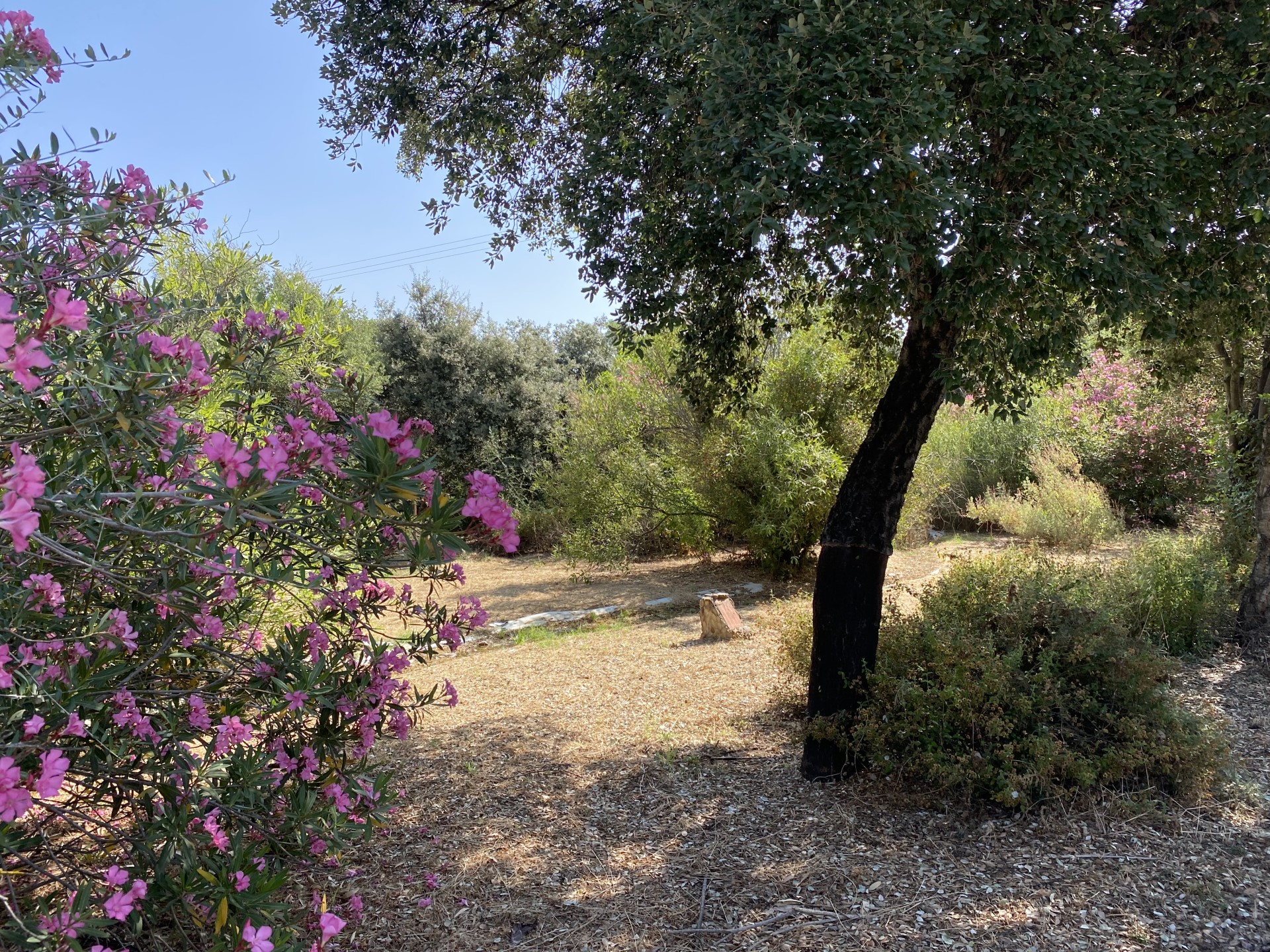
Other forest systems
 Plant material and collections
Plant material and collections
 Paulownia plantation
Paulownia plantation
The main purpose is to assess the growth of this crop and its behaviour for wood production in abandoned lands or lands with low farming value but subject to successful irrigation. This plantation consists of 4 Paulownia clones of commercial interest 112, L1 and COT2 (Paulownia elongata x fortunei) and X1 (Paulownia fortunei).
 Garden with various Extremadura ecosystems
Garden with various Extremadura ecosystems
The Cork, Wood and Charcoal Institute has a garden that contains a representation of several ecosystems from Extremadura, i.e. dehesas, cork oak forests and holm oak forests. It includes a good number of trees, bushes, shrubs and herbaceous plants that integrate the ecosystems as well as the wildlife living there.
 Collection of strains of forest fungi
Collection of strains of forest fungi
These strains were isolated and selected for the purposes of several projects according to their individual requirements. They belong to two general categories:
Mycorrhizal fungi:
Boletus aereus: two strains are preserved and selected for their growth characteristics and intended for use in the mycorrhization of adult trees from species of the Quercus genus and shrubs of the Cistus genus. They also have culinary value with potential commercial value.
Terfezia arenaria: desiccated spores are preserved because of their high commercial value and their growth potential, especially in the dehesa.
Saprophytic fungi:
Trametes versicolor and Ganoderma lucidum: several selected strains are preserved to be used as biological agents against invasive woody species. They also have medicinal properties with potential commercial value.
Pleurotus ostreatus: a selected strain has been preserved to be used as a biological agent against invasive woody species. It also has properties that make it valuable in gastronomy and medicine as well as having potential commercial value.
Pleurotus eryngii and Agrocybe aegerita: a selected strain is preserved for its gastronomic value with potential commercial value.







